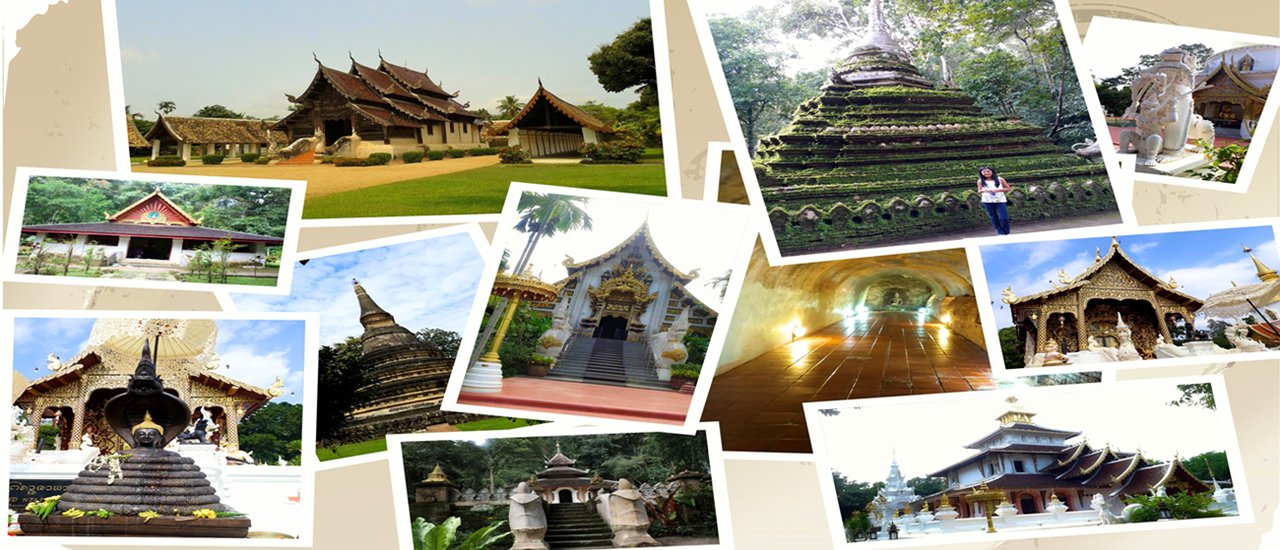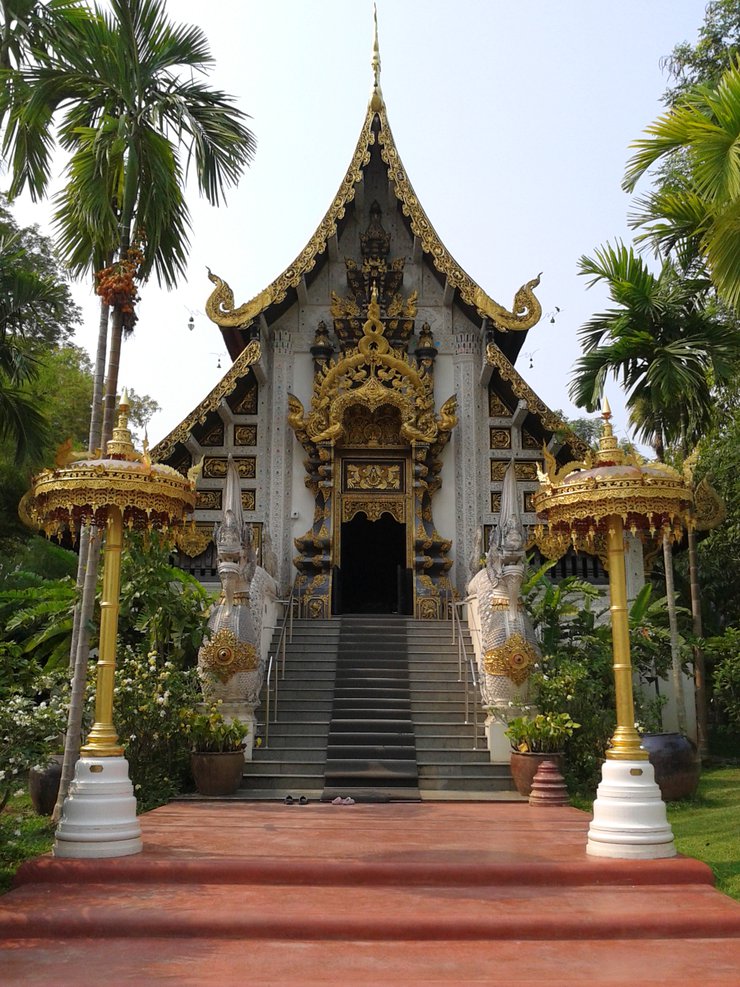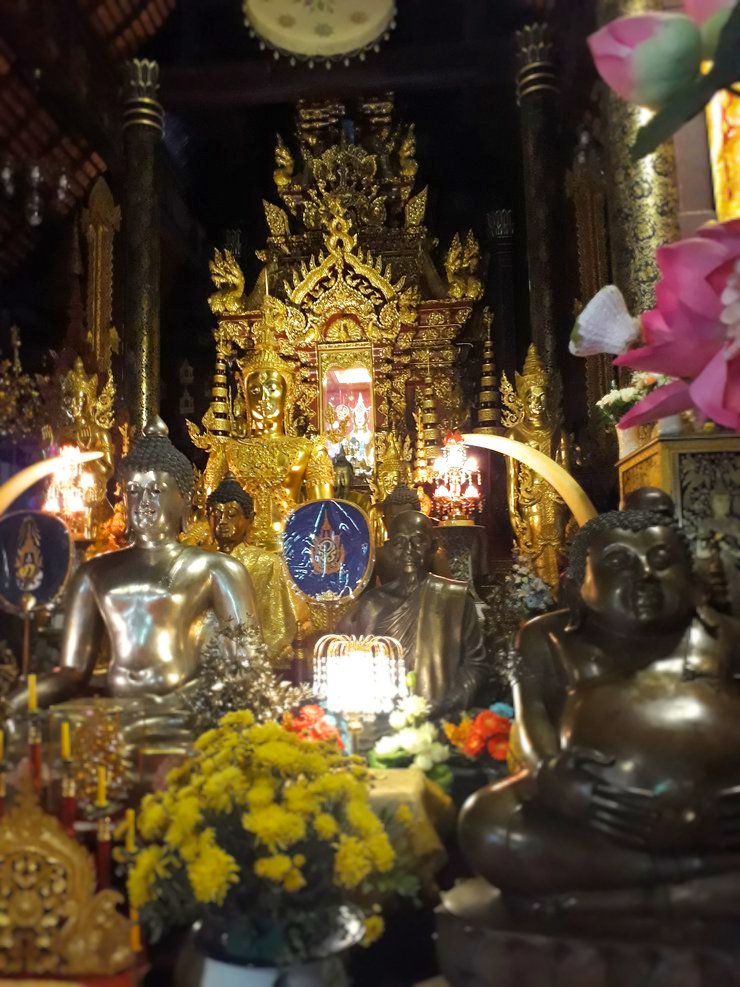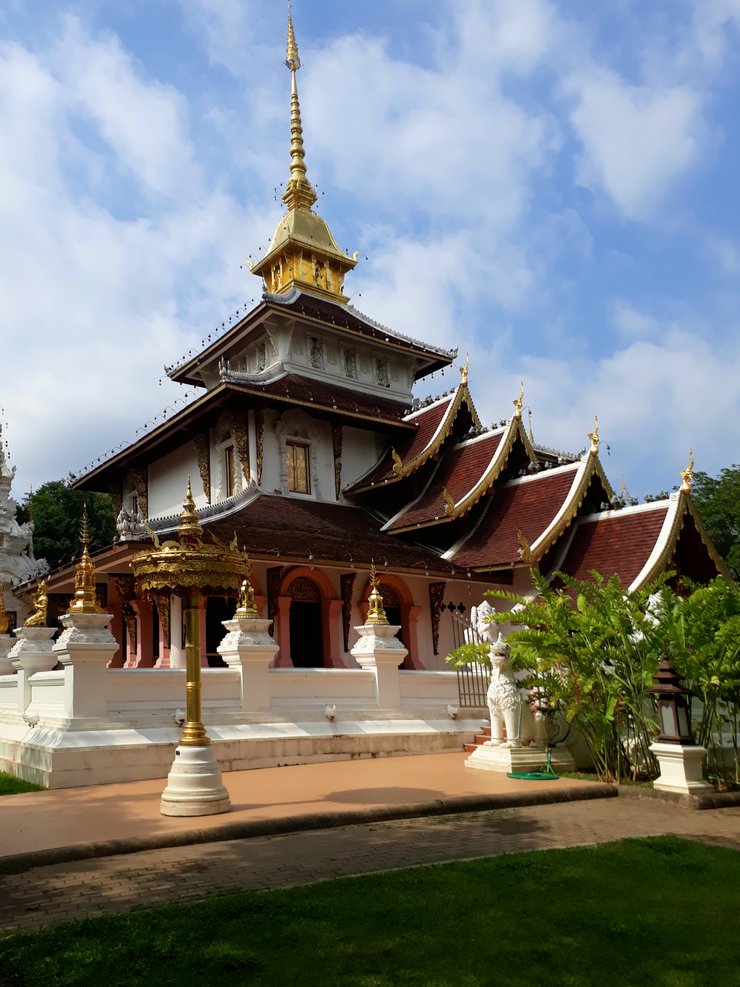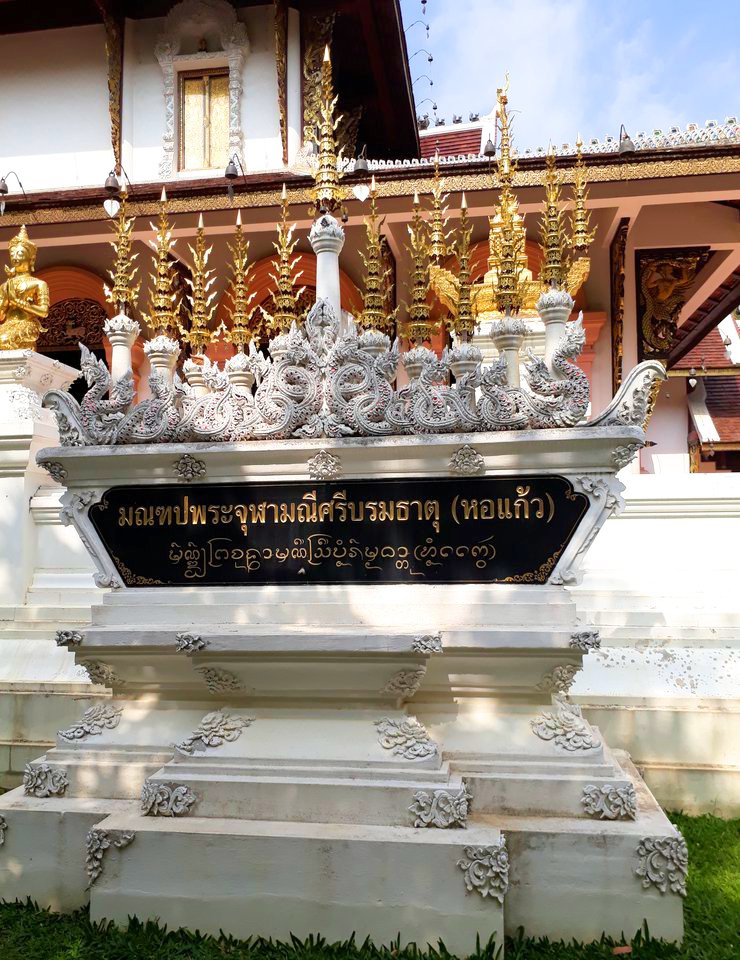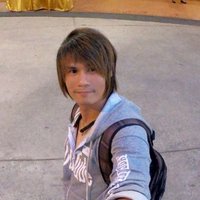The Lanna people of Chiang Mai have long held a deep connection to Buddhism. With a rich history as the capital of the ancient Lanna Kingdom, Chiang Mai boasts numerous stunning temples. Today, we embark on a journey inspired by the period drama "From Yak to Giant, Roots of the City," which has captivated social media with its breathtaking scenes featuring four of Chiang Mai's most magnificent temples. Let's follow in the footsteps of the drama and explore these architectural wonders. ^^

Temple of the Forest of the Stars
The first temple we visited was Wat Pa Dara Phirom, located in Rim Tai Subdistrict, Mae Rim District, Chiang Mai Province (behind the Mae Rim District Office). This temple is a third-class royal temple, the seventh royal temple in Chiang Mai Province. The temple's name was given after Princess Dara Rasmi, the consort of King Rama V. The temple boasts beautiful Lanna-style architecture and was featured in the scene of the city of Manda, where Princess Mingla traveled to offer tribute.
The original Thai sentence describes the architectural style of the main temple building at Wat Pa Dara Phirom as being in the Lanna style, modeled after the traditional residence of the rulers of Chiang Mai.
Here's the English translation, adhering to the provided guidelines:
The main temple building at Wat Pa Dara Phirom showcases Lanna architecture, drawing inspiration from the historical royal residence of Chiang Mai's rulers.

Mandalay cityscape

The Great Dharma King, the Dharma Chakra Emperor, the presiding Buddha statue on the Ho Kham Royal Temple.

The Phra Chulamanee Sri Boramahathat Pavilion (Glass Palace) is a 39-meter-tall pavilion in the Lanna Thai and Tai styles. The pavilion's spire resembles a castle-like stupa.


The architectural design of the layout adheres to the Buddhist cosmology, assuming the central pavilion to be Mount Meru, the center of the universe.

Each level of the pavilion represents a different heavenly realm.


The scenery around the pavilion is beautiful.

The sentence is already in English and does not require translation.


The base of the chedi is surrounded by mythical Lanna creatures, such as lions and elephants.




Wat Ton Kwen (Wat Intrawas)
An Exquisite Temple of Lanna Architecture
This ancient temple, considered the pinnacle of Lanna architecture, boasts stunning beauty. Located in Soi 3, Nong Khwai Subdistrict, Hang Dong District, Chiang Mai (near the Royal Flora Ratchaphruek Park), the temple was once a resting place for the elephant and horse processions accompanying the sacred relic of Phra That Si Chom Thong to Chiang Mai. The public could then bathe the relic.
Due to its captivating beauty, the temple has served as a filming location for numerous dramas, including "Yam Mur Dok Rak Barn," "Roi Mai," "Plerng Phra Nang," and "Ruk Nakorn."
Note: The original text was translated into English while maintaining a simple and concise tone. The HTML structure was preserved, and the link to the full image of the temple was included.

The temple houses a unique four-sided pavilion in the Lanna architectural style, the only one of its kind in northern Thailand. This pavilion represents the most complete and exquisite example of ancient Lanna art and architecture. Its exceptional value and beauty led the Association of Siamese Architects to declare it a "Distinguished Heritage Building" in 1989. The pavilion's architectural brilliance inspired the design of the Ho Kham Luang, a central structure within the Royal Park Rajapruek.

The sentence is already in English and does not require translation.
The ancient city of Wiang Kum Kam served as the filming location for the city of Chiang Saen, the funeral ceremony of Prince Singha Kum (a Lanna funeral ritual), and the oath-taking ceremony of Prince No Mueang.

The 'Naga-Makara' staircases on the left and right


The principal Buddha image in the wooden viharn is enshrined on a pedestal decorated with a floral motif. In the play, this scene depicts Prince No Muang, the new Viceroy of Chiang Saen, traveling to Chiang Mai to perform the water-pouring ceremony and pledge his allegiance before this very Buddha image.


Wat Pha Lat (Sakya Kami) is located at the foot of Doi Suthep, Suthep Subdistrict, on the way up to Phra That Doi Suthep. It covers an area of 237 rai. The temple is peaceful, beautiful, shady, and serene, with Burmese-style architecture. It is especially beautiful during the rainy season. It is a small temple hidden in the woods and was used as the opening scene for Chao Sukwong's return home in the novel Rak Nakara.


The Narasimha statue within the temple was built by ancient people to protect the religious site, as they feared that demons would destroy it.


A Burmese-style pagoda, built during the reign of King Kuerna. The bell-shaped pagoda is adorned with stucco giant motifs.


In northern Thailand, the Phang Pratip flower is traditionally lit as an offering to the Buddha.

The Meditation Hall, also known as the Five Buddha Images Shrine, is located in the center of the temple. It is a brick and stucco building with a blend of Lanna and Burmese architecture. The gable is adorned with carved wood in the shape of a peacock, decorated with blue-green glass. Inside, there are five Buddha statues in the Mara-Vijaya posture, in the style of the Lawa people.






The sentence is already in English and does not require translation.

The sentence is already in English and does not require translation.


The back of the temple near the waterfall offers a breathtaking panoramic view of Chiang Mai city.


The sentence is already in English and does not require translation.
Tunnel Temple
The final temple on our journey following the footsteps of the drama "Ruk Nakorn" is Wat Umong (Suan Phutthadham), located on the west side of Chiang Mai city, at the foot of Doi Suthep, Mueang District, Chiang Mai Province (behind Chiang Mai University). Wat Umong was built during the reign of King Mangrai around 1839 AD to serve as a residence for monks during the rainy season. The temple grounds are beautifully shaded.







In front of the tunnel, there is a monument of Luang Pho Panyananda Bhikkhu.

I met a beautiful lady and asked for a picture. It fits the atmosphere of the drama perfectly.

The scene in the drama "Rak Nakara" depicts the tunnel of the temple where Nang Maen Muang comes to pay respect to the Buddha. This tunnel in Wat Umong was built during the reign of King Ku Na Dhammarat as part of the temple's renovation. It was constructed to house Phra Maha Thera Chan, an expert in the Tripitaka. Hence, it was initially called Wat Umong Thera Chan or simply Wat Umong. The Lanna people built the tunnel by laying bricks and plastering them with another layer of stucco. However, most of the stucco layer has now peeled off, leaving only the curved ceiling inside the tunnel where murals are still visible. Walking through the tunnel under the pagoda, one can experience the tranquility and the beautiful Lanna Buddhist art.




The tunnel has four interconnected lanes.

Ascend to pay respects at the pagoda atop Ung Mong.


At the top of the tunnel, there is a magnificent large Lakkavong-style stupa, standing out in all its splendor.



Local^^

The Naga stairs lead to the pagoda on the upper level. If you do not enter the tunnel, you can walk up to the pagoda.



Thank you for visiting. ^^
Please follow our small travel page: Fun Trip
ไปแอ่วกัน Fun Trip
Wednesday, October 9, 2024 6:01 PM

